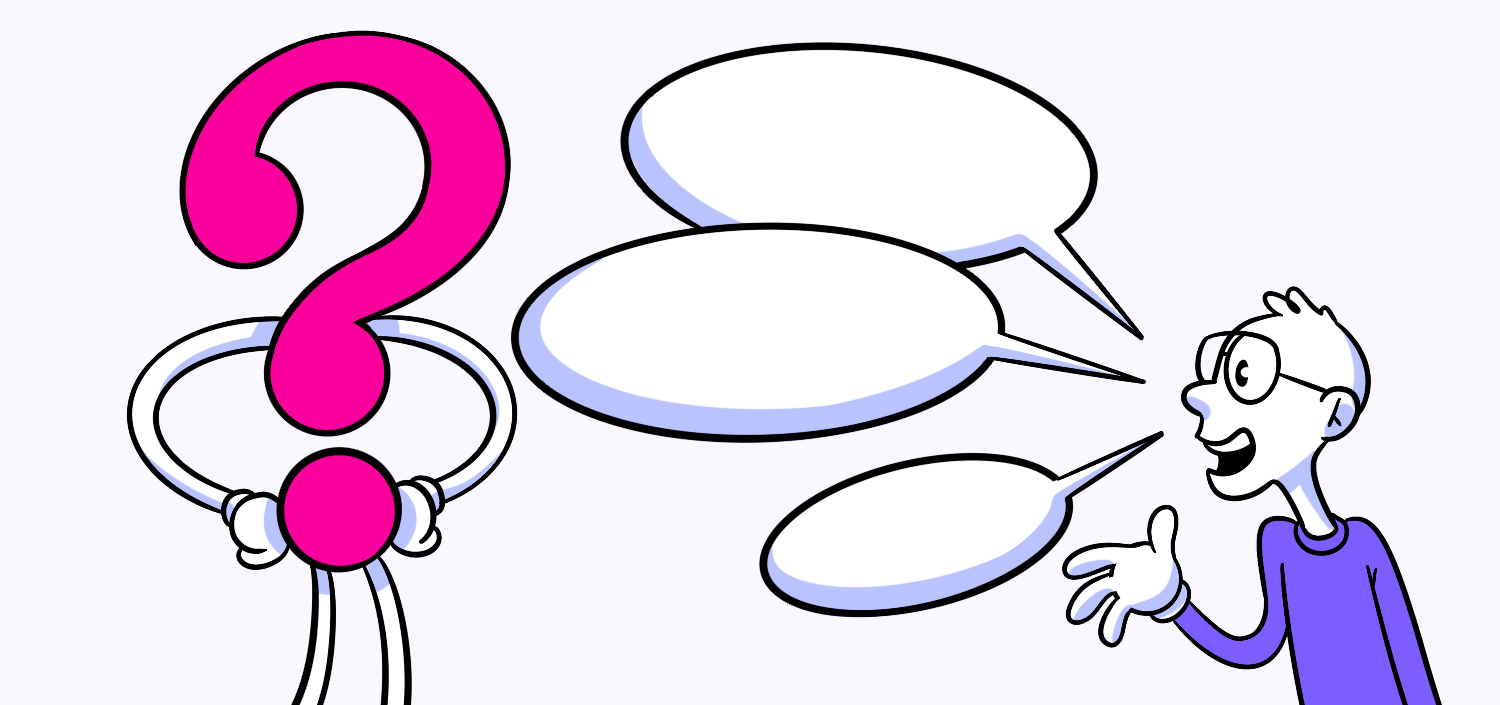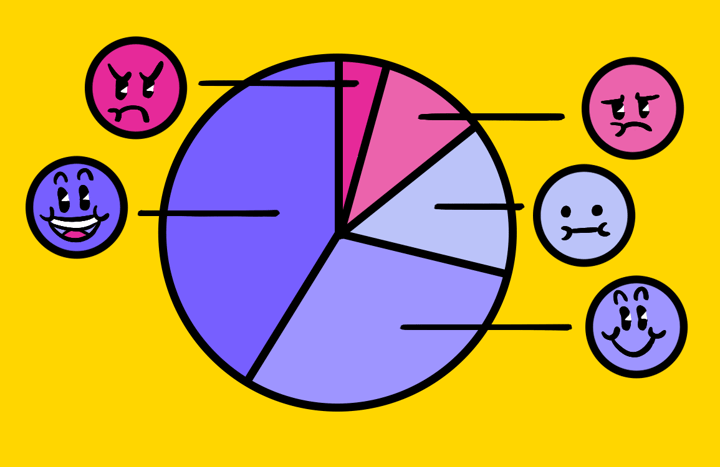How to Reach and Connect with Your Target Audience Effectively
Reaching Your Target Audience: Tips for Effective Communication. In today’s fast-paced and interconnected world, effective communication is crucial for businesses and organizations to reach their target audience. Whether you’re trying to promote a product, share important information, or connect with potential customers, understanding how to effectively communicate with your target audience can make all the difference. In this article, we will explore some valuable tips and strategies to help you reach your target audience successfully.
🔩 The Nuts and Bolts:
- Understanding your target audience is essential for effective communication. Conduct audience analysis to gather demographic and psychographic data to tailor your message for better resonance.
- Audience demographics and psychographics shape message tone and content. Age, gender, lifestyle, and interests determine whether your message should be formal or casual, specific or broad.
- Engaging content captures your target audience’s attention. Using storytelling techniques, visuals, and interactive elements makes communication more compelling and keeps the audience engaged.
- Choosing the right communication channels enhances reach and effectiveness. A blend of traditional and digital platforms ensures you reach a broader audience while respecting their preferences.
- Social media platforms offer diverse ways to reach your target audience. Understanding platform-specific demographics allows you to adapt content for maximum engagement across platforms like Instagram, LinkedIn, and Twitter.
- Measuring communication effectiveness requires clear KPIs. Track metrics like audience reach, engagement rates, and conversions to assess what works and where improvements are needed.
Understanding Your Target Audience
Before you can effectively communicate with your audience, it’s essential to understand who they are. Conducting audience analysis is a critical first step in this process. This involves gathering information about your audience’s demographics, psychographics, and preferences.
The Importance of Audience Analysis
Knowing your audience is key to tailoring your message effectively. By understanding their needs, interests, and values, you can craft your communication in a way that resonates with them. It enables you to speak their language and establish a connection that leads to meaningful engagement.
For example, let’s say you are a marketing professional working for a fitness brand. Conducting audience analysis will help you determine whether your target audience consists mainly of young adults who are interested in high-intensity workouts or older individuals who prefer low-impact exercises. This knowledge will allow you to create content that appeals to their specific preferences and motivates them to engage with your brand.
Identifying Audience Demographics
Demographic information includes factors such as age, gender, location, income level, and education. Gathering this data helps you gain insights into who your audience is and allows you to adjust your communication style accordingly.
For instance, if you’re a fashion blogger, understanding the demographics of your audience can be crucial. If you find that your audience primarily consists of young women in their 20s, you can tailor your content to their specific fashion interests and showcase trends that resonate with their age group.
Moreover, demographics can also provide valuable information about the cultural background of your audience. This knowledge allows you to incorporate cultural references and elements into your communication, making it more relatable and inclusive.
Recognizing Audience Psychographics
Pyschographics refers to your audience‘s characteristics and preferences, including their attitudes, interests, and lifestyle choices. Understanding these aspects can help you determine how to best communicate with them and what content they are likely to engage with.
For example, if you are a travel blogger targeting adventure enthusiasts, understanding the psychographics of your audience can help you create content that aligns with their interests. You can focus on thrilling activities, off-the-beaten-path destinations, and adrenaline-pumping experiences that resonate with their adventurous spirit.
Additionally, recognizing the attitudes and values of your audience allows you to tailor your message in a way that aligns with their beliefs. This alignment builds trust and credibility, making your audience more likely to engage with your content and share it with others.
In conclusion, audience analysis is a crucial step in effective communication. By understanding your target audience’s demographics and psychographics, you can tailor your message to resonate with them, establish a connection, and drive meaningful engagement. Take the time to gather information about your audience, and use it to create content that speaks directly to their needs, interests, and values.
Build something your buyers *truly* want
Subscribe to Closing the Gap—a newsletter to help makers and doers get closer to customers. Learn more.
We believe in protecting your data. Here’s our Privacy Policy.
Crafting Your Message
Now that you have a clear understanding of your target audience, it’s time to craft your message in a way that captures their attention and resonates with them.
When it comes to crafting your message, there are several important factors to consider. One of the most crucial elements is the language and tone you use in your communication. The way you choose your words and the overall tone of your message can significantly impact how it is received by your audience.
The Role of Language and Tone
The language and tone you use in your communication can significantly impact how your message is received. Consider the preferences and values of your audience, and tailor your language and tone accordingly. If your target audience is more formal, for example, you may want to use a professional tone. This will help establish credibility and professionalism. On the other hand, if your audience is more casual and relaxed, a friendly and conversational tone may be more effective in building rapport and connecting with them on a personal level.
Another important aspect to consider is the cultural context of your audience. Different cultures have different communication styles and preferences. It’s essential to be mindful of cultural nuances and adapt your language and tone accordingly to ensure your message is well-received and understood.
Creating Engaging Content
No matter how well-crafted your message is, if it doesn’t capture your audience’s attention, it won’t be effective. Creating engaging content is key to grabbing and holding your audience’s interest.
One effective way to make your communication more engaging is by using storytelling techniques. People are naturally drawn to stories, and incorporating narratives into your message can help create an emotional connection with your audience. Share real-life examples, anecdotes, or case studies that illustrate the benefits or impact of your product or service.
In addition to storytelling, visuals can also play a powerful role in capturing attention. Use high-quality images, videos, or infographics to convey your message visually. Visual content is often more memorable and can help break up text-heavy communication, making it more digestible and engaging.
Furthermore, consider incorporating interactive elements into your communication. This could include quizzes, polls, or surveys that encourage audience participation. Interactive content not only captures attention but also provides an opportunity for your audience to actively engage with your message.
Tailoring Your Message
One size does not fit all when it comes to communication. Customizing your message to meet the specific needs and preferences of your target audience is crucial for effective communication.
Take the time to understand your audience’s pain points and challenges. Address these directly in your message and offer solutions that can help alleviate their problems. By showing empathy and understanding, you demonstrate that you genuinely care about their needs and are committed to providing value.
Additionally, highlight the personal benefits of your product or service. Show your audience how it can positively impact their lives or businesses. By focusing on the individual benefits, you make your message more relatable and compelling.
Remember, effective communication is a two-way street. Encourage your audience to provide feedback, ask questions, or share their thoughts. This not only fosters engagement but also allows you to further tailor your message based on their responses.
In conclusion, crafting your message involves considering the language and tone, creating engaging content, and tailoring your message to your audience. By paying attention to these factors, you can create a message that effectively captures your audience’s attention and resonates with them, increasing the likelihood of achieving your communication goals.
UX Terms
Choosing the Right Communication Channels
Effective communication is not just about the message itself, but also about selecting the appropriate communication channels to reach your target audience. In today’s digital age, the options are seemingly endless, and it can be overwhelming to decide which channels to utilize. However, by understanding the characteristics and preferences of your audience, you can make informed decisions that will maximize the impact of your communication efforts.
Traditional vs. Digital Channels
When considering the right communication channels, one of the first decisions to make is whether to use traditional or digital channels. Traditional channels, such as print media, TV, and radio, have been around for decades and still hold value in certain contexts. They can provide a sense of credibility and trust, especially for older demographics who may be less tech-savvy. On the other hand, digital channels, such as social media, email, and websites, offer a wide range of possibilities for reaching and engaging with audiences.
While traditional channels have their merits, digital channels have become increasingly popular due to their cost-effectiveness, wider reach, and ability to target specific demographics. However, it’s important to note that the best approach may often involve a combination of both traditional and digital channels. This hybrid strategy can help you reach a broader audience while still catering to the preferences of different demographics.
Social Media Platforms
Social media platforms have revolutionized the way we communicate and connect with others. They have become indispensable tools for businesses and organizations to reach and engage with their target audiences. However, not all social media platforms are created equal, and it’s crucial to identify the platforms that your specific target audience frequents.
Each social media platform has its own unique characteristics and user demographics. For example, Facebook is known for its diverse user base, with a wide range of age groups represented. Instagram, on the other hand, is popular among younger audiences and is highly visual in nature. Twitter is often used for real-time updates and news, while LinkedIn caters more to professionals and B2B communication.
By understanding the characteristics and preferences of each social media platform, you can tailor your communication to suit the specific needs and expectations of your target audience. This may involve adapting your content to fit the platform’s format, utilizing relevant hashtags, engaging with users through comments and direct messages, and leveraging the platform’s advertising features to boost your reach.
Email Marketing and Direct Communication
While social media may be the go-to choice for many businesses and organizations, email marketing still remains a powerful communication tool. With email, you have the ability to directly reach your audience’s inbox, allowing for a more personalized and targeted approach.
When utilizing email marketing, it’s crucial to tailor your communication according to your audience’s preferences and interests. Generic mass emails are likely to be ignored or marked as spam. Instead, focus on personalization and segmentation to improve the effectiveness of your email campaigns. This can involve segmenting your audience based on factors such as demographics, past interactions, or purchase history, and then crafting customized messages that resonate with each segment.
Additionally, consider the timing and frequency of your emails. Bombarding your audience with too many emails can lead to unsubscribes, while infrequent communication may cause them to forget about your brand. Finding the right balance and sending relevant, valuable content will help you build trust and keep your audience engaged.
In conclusion, choosing the right communication channels is essential for effective communication. By understanding the characteristics and preferences of your target audience, you can make informed decisions about whether to utilize traditional or digital channels, and how to tailor your communication to suit each platform. Social media platforms and email marketing are just two examples of the many channels available, and by utilizing them strategically, you can maximize the impact of your communication efforts and achieve your desired outcomes.
Measuring Communication Effectiveness
Finally, evaluating the effectiveness of your communication is essential for continuous improvement.
Key Performance Indicators (KPIs) for Communication
Identify key performance indicators that align with your communication objectives. These may include metrics such as audience reach, engagement rates, conversions, and brand awareness. Regularly monitor these KPIs to gain insights into what is working well and where there is room for improvement.
Feedback and Audience Response
Feedback from your audience is a valuable source of information. Encourage your audience to provide feedback through surveys, polls, or social media interactions. Pay attention to their comments, suggestions, and concerns, and use this input to refine your communication strategies.
Adjusting Your Strategy Based on Metrics
Use the data you gather from your performance metrics and audience feedback to make data-driven decisions. Tailor your communication strategy accordingly, capitalizing on what works well and making adjustments to address any areas of improvement. Continuously monitor and adjust your approach to ensure it remains effective over time.
By understanding your target audience, crafting your message effectively, choosing the right communication channels, and regularly evaluating and adjusting your strategy, you can improve the reach and impact of your communication efforts. With these tips, you’ll be well on your way to reaching your target audience, connecting with them on a deeper level, and achieving your communication goals.
Target Audience FAQs
Understanding your target audience allows you to tailor your communication effectively, ensuring the message resonates with their needs, preferences, and interests. This increases the likelihood of engagement and successful outcomes.
You can analyze your audience by gathering demographic data (age, gender, location, income) and psychographic information (lifestyle, attitudes, values). This helps you understand their behavior and preferences, allowing you to craft more relevant messages.
The choice of channels depends on your audience’s preferences. A combination of traditional (TV, print) and digital (social media, email) channels often works best, but it’s essential to use platforms where your audience is most active.
Social media platforms offer a direct line to your audience with opportunities for real-time engagement. By understanding each platform’s demographics and tailoring your content accordingly, you can enhance interaction and increase visibility.
Crafting an effective message involves using clear, relatable language and tone, engaging content (e.g., storytelling, visuals), and addressing your audience’s specific needs and pain points. Tailoring your message builds a stronger connection.
You can measure effectiveness by tracking key performance indicators (KPIs) such as audience reach, engagement rates, conversions, and feedback. This data helps you understand which aspects of your strategy are working and where to improve.
Feedback provides insight into how your message was received, highlighting strengths and areas for improvement. By actively seeking feedback through surveys or social media interactions, you can adjust your communication to better meet audience needs.



